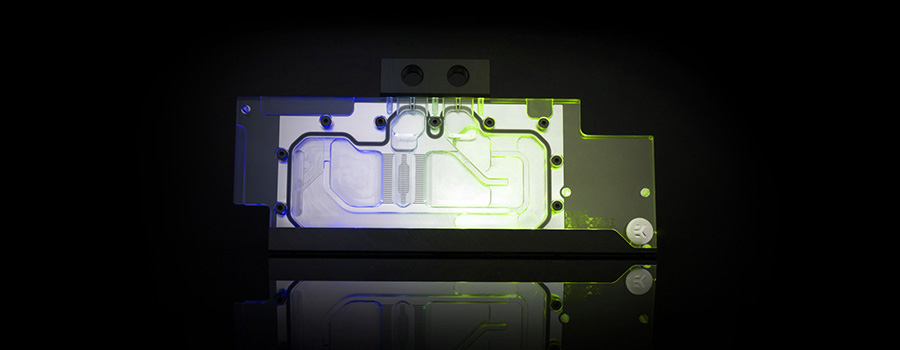- Aug 18, 2011
- 50
- 1
- 71
I am planning a new RTX 3080 Founders Edition build and have been doing some research and theory crafting of sorts on how I would optimize cooling in the system (especially with the new 3080's cooling design in mind). I threw together some sketches using a picture of someone else's computer but using the same case that I have (Phanteks p600s). Curious to hear other's thoughts!
Configuration 1

My Thoughts:
Configuration 2

My Thoughts:
Ultimately I plan to actually test these different approaches once I get all the parts over the next couple of months but just having some fun thinking about it and trying to come up with some solid ideas ahead of time.
Configuration 1

My Thoughts:
- Will there be enough airflow from an AIO rad to create solid positive pressure?
- Perhaps doing a push/pull config on the AIO would produce better airflow and pos. pressure?
- Some concern over how much heat is being concentrated above the GPU, but at least it seems like it would be evacuated quickly
Configuration 2

My Thoughts:
- Trying to mix in more fresh cool air via the top intake to cool the exhaust from the AIO radiator but will the additional top intake fan create too much turbulence with the AIO radiator fans?
Ultimately I plan to actually test these different approaches once I get all the parts over the next couple of months but just having some fun thinking about it and trying to come up with some solid ideas ahead of time.




